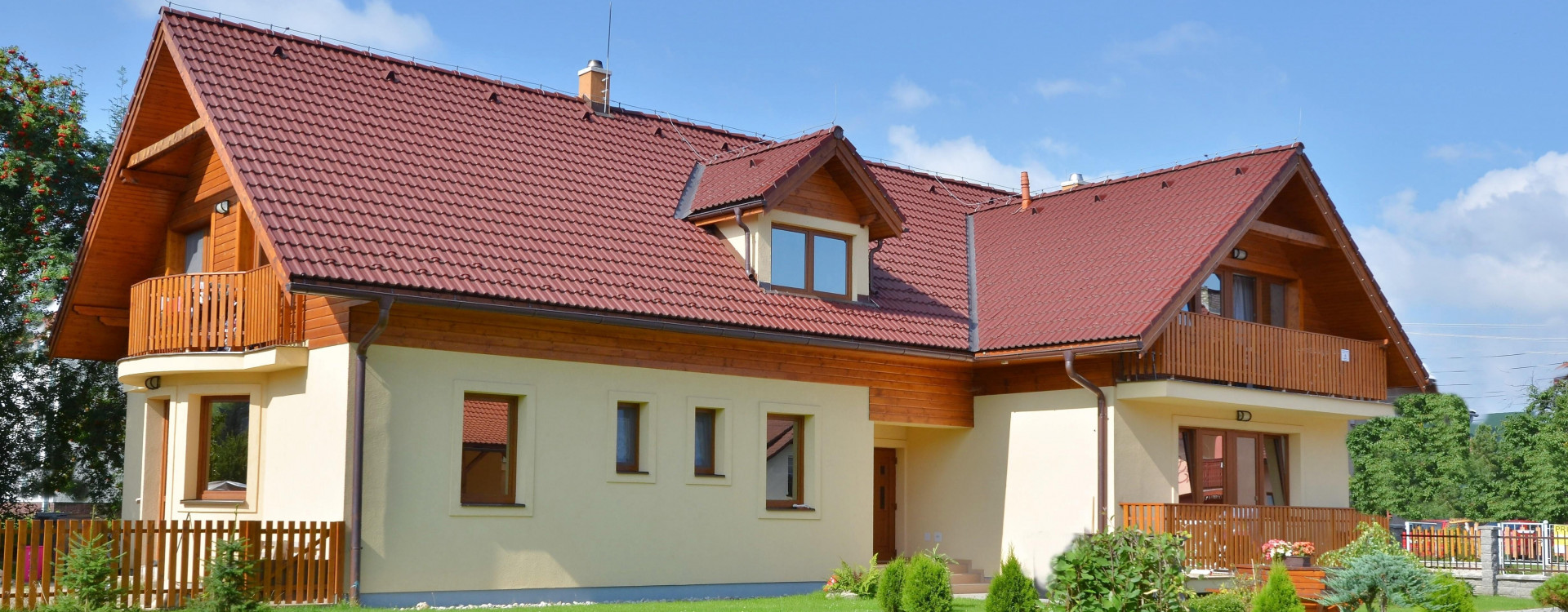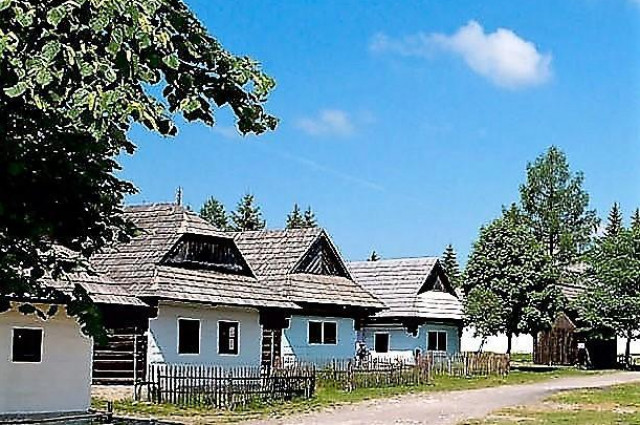Liptov village museum in Pribylina
Liptov Village Museum in Pribylina is a branch exhibition of the Liptov Museum in Ružomberok. In 1991, its first part was opened to the public. Buildings from flooded areas Liptovská Mara dam, and some villages of upper and lower Liptov belong to it.















